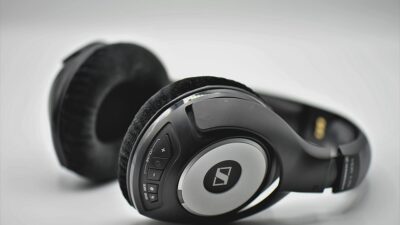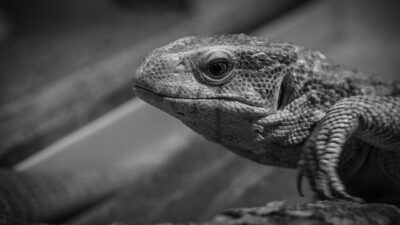Mice, widely regarded as mere pests in our homes, are also remarkable animals that have significantly influenced the fields of science, technology, and engineering. Their unique physical and behavioral traits have inspired a range of innovations, from robotics to medical research. This article delves into the mechanics of these tiny creatures and explores how they spark big ideas.
The Anatomy of Innovation
Mice possess a variety of traits that have proven advantageous for research and engineering. Their small size allows them to navigate tight spaces, and their keen senses of smell and hearing make them adept at detecting subtle changes in their environment. Additionally, their rapid reproduction rate enables researchers to observe generations of genetic traits in a relatively short period, making them ideal subjects for scientific studies.
Example 1: Robotics and Mobility
One of the most fascinating applications of mouse mechanics is in the design of robotic systems. Engineers have studied the way mice move—especially their agility and quick reflexes—to inspire the development of advanced robotics.
The Agile Robot
For instance, researchers at institutions like MIT have developed robotic systems that mimic the locomotion of mice. These robots can navigate complex terrains, easily adjust to changes, and move swiftly, similar to how a mouse darts through obstacles. This innovation not only improves robotic design but also has practical applications in search-and-rescue missions, where mobility and the ability to traverse challenging landscapes are critical.
Example 2: Sensory Technology
Mice have an extraordinary sense of smell—estimated to be around 20 times more acute than humans. This characteristic has led to significant innovations in sensory technology. Researchers have developed artificial olfactory systems inspired by mouse olfactory neurons. These bioengineered sensors are being utilized in various industries, including food safety, environmental monitoring, and even medical diagnostics.
Scent Detection in Healthcare
In healthcare, mouse-inspired olfactory sensors help quickly identify biomarkers for diseases, making diagnostics faster and more accurate. Such technology could potentially lead to non-invasive testing methods, improving patient care and early disease detection.
Example 3: Genetic Engineering
Mice have also played a pivotal role in genetic research. As model organisms, they are frequently used to study the effects of genetic mutations and disease. The innovations stemming from this research extend beyond the laboratory.
Advancements in Medicine
The development of CRISPR technology, for example, has roots in mouse genetic studies. Researchers have leveraged knowledge gained from mouse genetics to create targeted therapies for human diseases, including cancer and genetic disorders. The ability to manipulate genes in mice has profound implications for developing new treatments and understanding complex genetic interactions.
The Broader Impact of Mouse Mechanics
The insights gained from studying mouse mechanics extend far beyond individual innovations. They encourage interdisciplinary collaboration, combining biology, engineering, and computational science. This approach fosters an environment of creativity and exploration where ideas can flourish.
Educational Implications
Incorporating the study of mouse mechanics into educational curricula can stimulate interest in STEM fields among students. By investigating how these creatures contribute to groundbreaking innovations, young minds can appreciate the interconnectedness of biology and technology while developing analytical and problem-solving skills.
Ethical Considerations
However, the use of mice in research also raises important ethical questions. As technological advances continue, it is essential to balance innovation with humane treatment and consideration for the well-being of these animals. Regulations and oversight are critical in ensuring that advancements do not come at the expense of ethical standards.
Conclusion
Mice may be small, but their influence on science and technology has been anything but insignificant. By studying their unique mechanics and behaviors, researchers and innovators can unlock new possibilities across various fields. As we continue to look to nature for inspiration, the contributions of these tiny creatures remind us that even the smallest beings can inspire the biggest innovations. The future is ripe for exploration; who knows what other wonders await us in the world of mouse mechanics?



